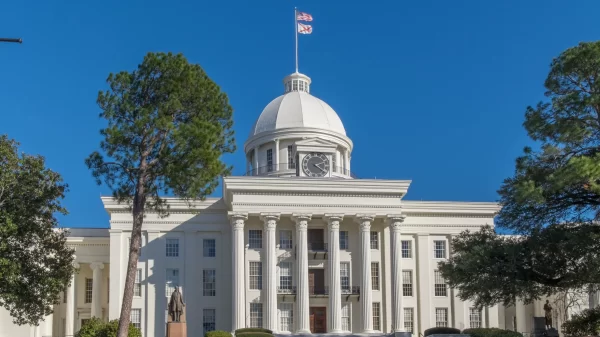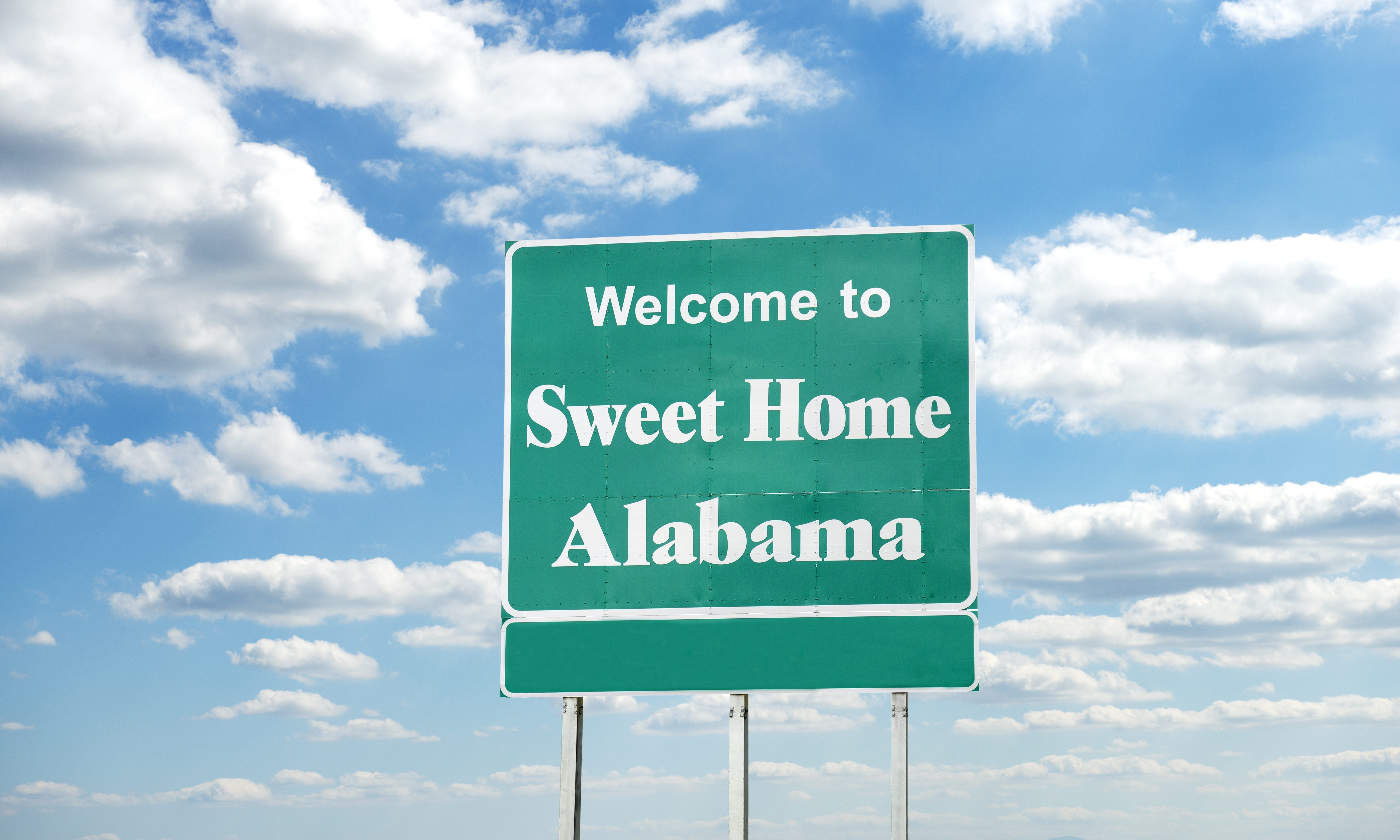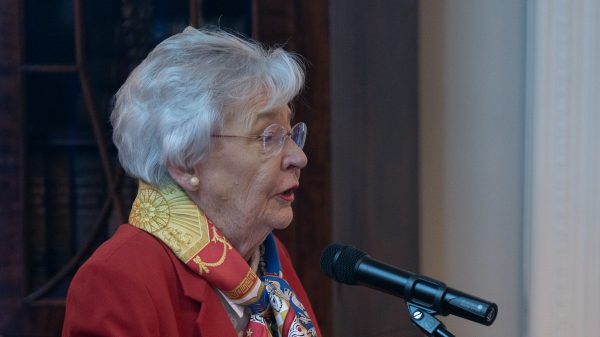New numbers from the U.S. Census Bureau shows that Alabama has one of the nation’s lowest growth rates.
“As Alabama approaches its 200th birthday, the state is still adding population but at a slower rate than most of its Southeastern neighbors,” analysts wrote in a Public Affairs Research Council of Alabama analysis of the Census Bureau numbers.
The Census Bureau’s data release in December includes state-level estimates for the underlying components of population growth, and in some cases, population decrease.
These numbers come at a time when state leaders are increasingly concerned about the 2020 Census and reapportionment of Congressional seats that will follow.
They fear Alabama may lose one of its seven congressional seats to another state that’s growing faster.
The states that could steal a seat are those growing at a faster rate — including those in the Mountain West like Utah, Nevada and Idaho. Arizona, Texas and Florida are also outpacing the rest of the country.
The possibility has so concerned state officials that Alabama Attorney General Steve Marshall and U.S. Rep. Mo Brooks sued the U.S. Census Bureau in an effort to prevent them from counting undocumented immigrants in the census, despite U.S. Supreme Court rulings that have held the opposite.
It’s unlikely that suit will succeed based on precedent, and a federal judge recently blocked a “citizenship question” on the census altogether, making that possibility even lower.
On the other end of the spectrum, Gov. Kay Ivey is publicly encouraging the state to respond to the census in an effort to ensure every person is counted.
Click here for a visualization of the data
But it’s not solely immigration that is buoying the chance of Alabama losing a congressional seat.
From 2010 to 2018, Alabama’s population only increased by 2.3 percent.
That puts Alabama as No. 35 among the 50 states in that metric.
The rate of natural increase — a number that calculates the crude birth rate by subtracting the death rate from the raw birth rate — is worse.
Alabama ranks 43rd in that metric.
Alabama falls into the lowest tier of growth, with growth under 1 percent.
The numbers within those metrics are even starker.
Alabama has the second-highest death rate in the U.S. The only other state with a higher death rate is West Virginia, a state that has been ravaged by the opioid epidemic.
A low rate of international migration levels also contributes to Alabama’s slow growth rate. It had the fourth-lowest rate of international immigration in the country.
Alabama does have a positive rate of domestic in-migration, but that number is still lower than some of its neighbors in the Southeast.
Coastal Southeastern State like North Carolina, South Carolina and Florida — along with Tennessee — are seeing faster growth overall than Alabama, Mississippi, Louisiana and Arkansas.
In the last year, Alabama’s population increased an estimated 0.3 percent.
But it could be worse.
Eight states — Mississippi and Louisiana among them in the Southeast — lost population in 2018, according to the Census estimates.
The Census tracks births and deaths in a state and estimates the number of people moving in and moving out to estimate population change.
Alabama had an estimated 57,216 births in 2018 but an estimated 53,425 deaths. That’s a net natural increase of only 3,791 people. Domestic migration and international migration added up to a net increase of 9,062.
That’s a net population change of only 12,751 people in one year.
“Alabama’s population is older than the average state,” PARCA’s analysis found. “That effects population in two ways. Older residents are more likely to die, and younger people are more likely to have children. In addition, Alabama residents, by many measures are less healthy than residents in other states and have a shorter life expectancy than residents of most other states. Alabama’s high death rate ultimately depresses the state’s rate of natural increase.”
Perhaps the most obvious comparison is with South Carolina, a state that has demographics similar to Alabama’s.
In 2010, when the last national census was held, South Carolina had fewer people than Alabama. But since then, South Carolina had a growth spurt, fueled in large part by domestic migration.
The state has now surpassed Alabama in population, adding 450,000 new residents while Alabama added only 100,000 since 2010.


















































